Street dreams
Peter Drew knows the street art of Adelaide like you know the back of your hand.
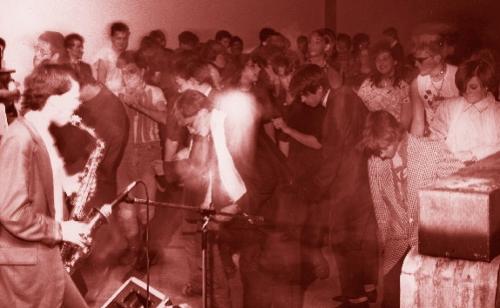
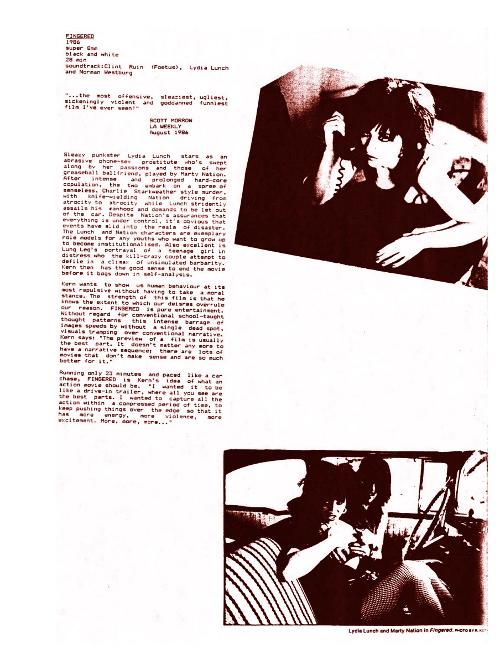
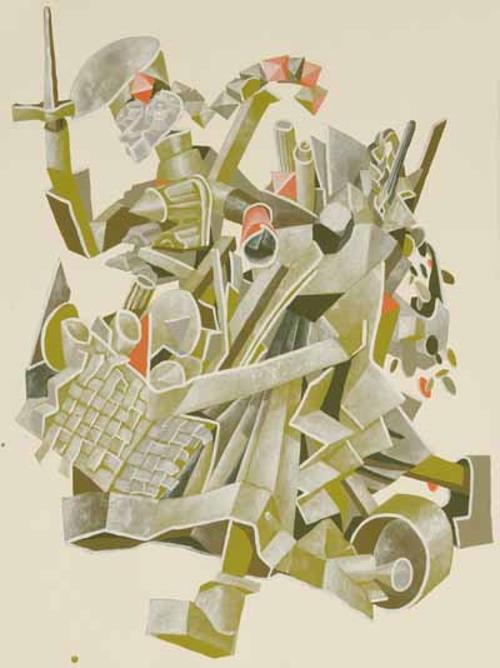
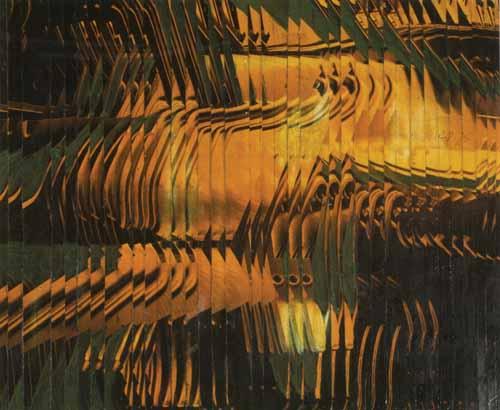
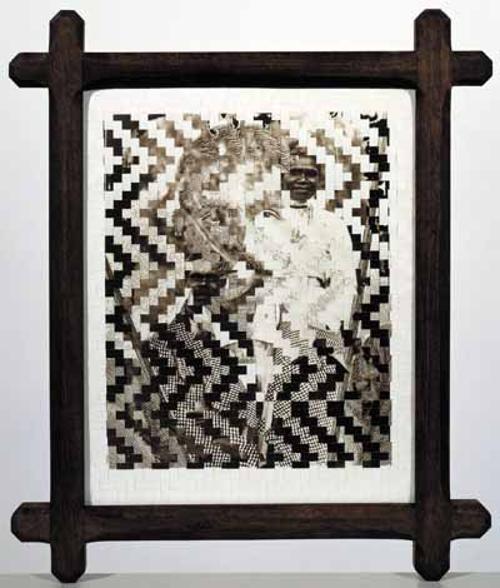
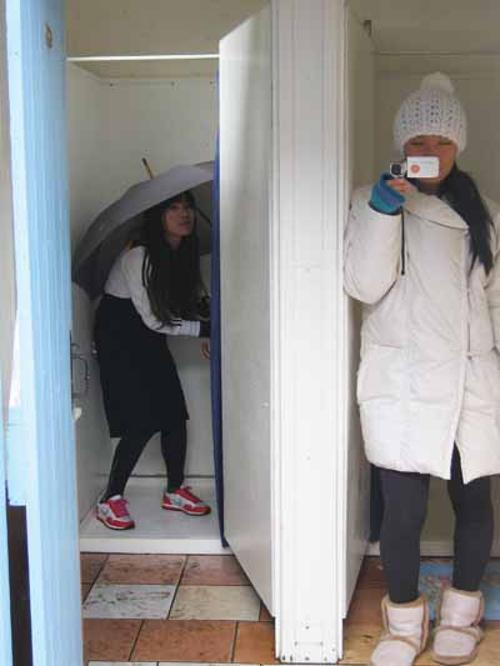
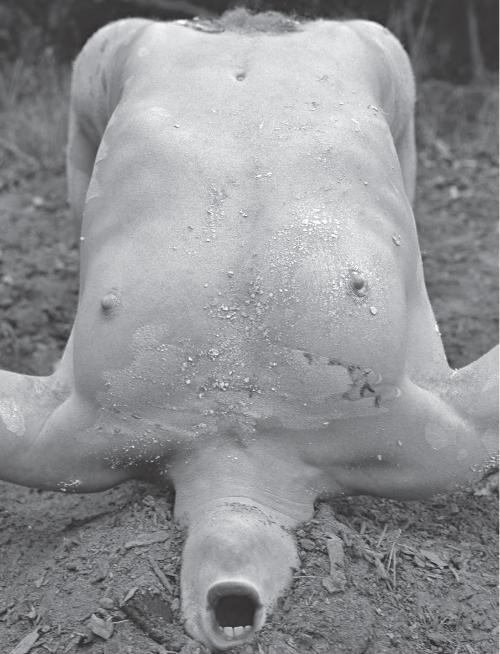

Artist/ writer, curator/designer at the Australian Experimental Art Foundation Teri Hoskin's thirteen paragraphs sum up facts, apprehensions and suspicions about the underground.
